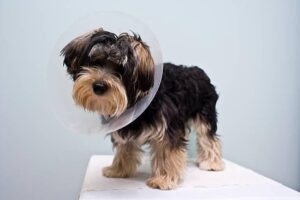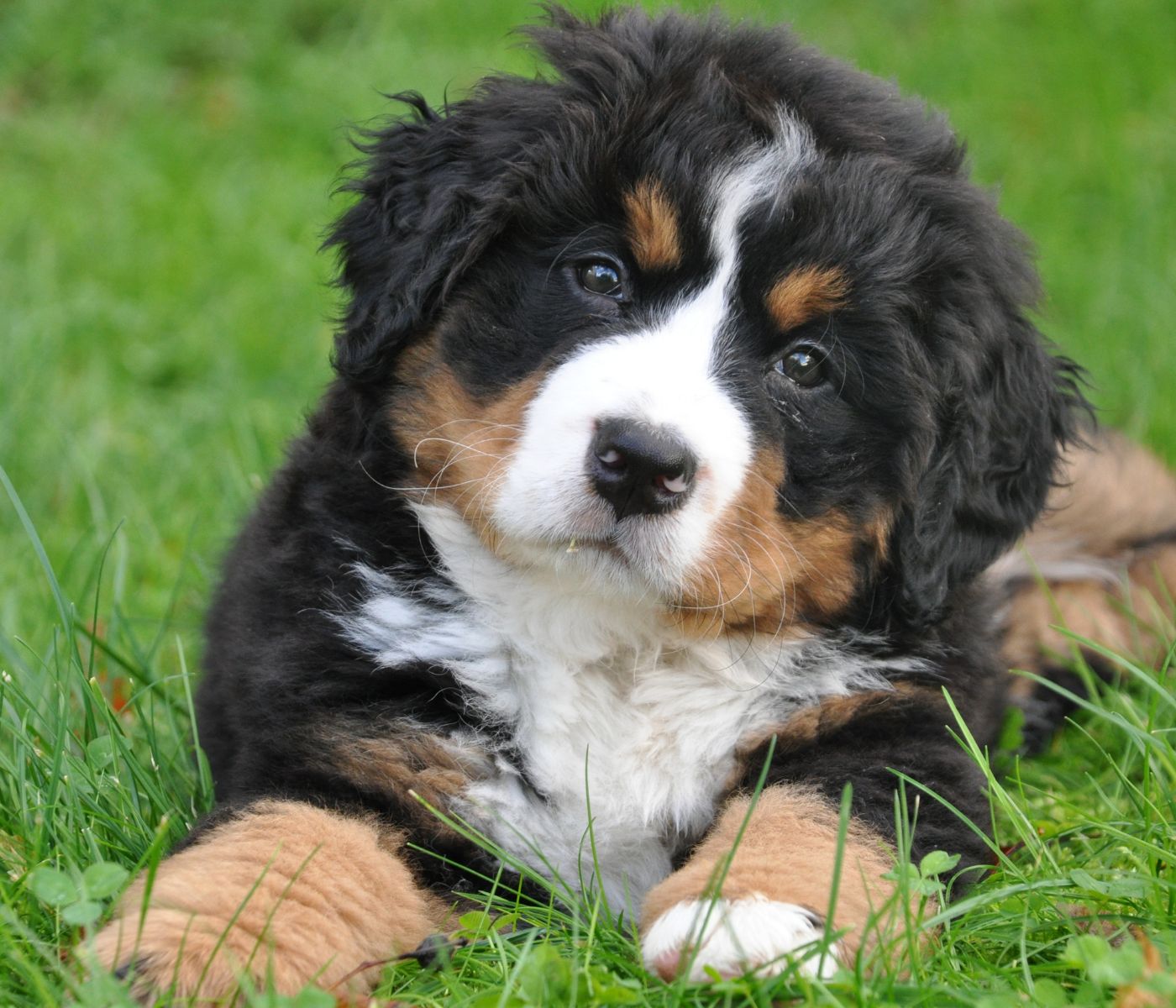Neutering your dog can be essential to caring for them, especially if you have an un-spayed female. Neutering your dog is a great way to help prevent unwanted behaviors like marking and roaming.
There are many benefits to neutering your dog, but there are also some risks that come along with it as well.
However, it’s also important to know what to watch after neutering your dog so you can tell if infection or healing has occurred and take steps to ensure the best outcome possible.
There are some signs to look out for that may indicate that something is wrong.
What to Expect after Neutering a Dog?

- Your dog may be tired and not want to play.
- Your dog will be groggy for the first 24 hours.
- They may be in pain for the first 24 hours, so we recommend giving them plenty of love and attention while they recover from surgery. If it’s been a while since they’ve had an operation like this, we recommend having them stay home until they feel better!
- Your dog will be sore for the first 24 hours, so we recommend keeping them inside and giving them plenty of rest. Pain medication is often needed after neutering surgery, so talk to your vet about what they recommend for pain relief. They may also want to see you back in 7 days to check up on how your dog is doing and make sure there are no complications with their recovery.
- To keep the incision site dry, your dog must wear a cone. You should also not bathe or allow them to swim for 10-14 days after surgery.
- During recovery time after neutering surgery, they will likely have soreness due to swelling around the scrotum area (this happens because blood flow has been interrupted by cutting off the blood supply).
You should keep an eye on both areas (the scrotum AND belly) if you’re worried about swelling occurring post-surgery; however, this is only normal as far as wounds go when healing takes place.
Signs of Infection after Neutering your Dog!

1.Swelling around the Incision Site(s).
If this happens after surgery, then it means something went wrong with your pet’s healing process; it could be caused by infection or excessive bleeding into the surrounding tissue around their wound(s).
The swelling may be accompanied by pain and warmth at the site; if this is the case, your pet should see a vet immediately. Puss/cloudy discharge from incision sites(s).
If pus or cloudy fluids are coming out of your dog’s incisions, then it means they have an infection that needs to be treated with antibiotics.
2. Redness
Redness around the incision sites is normal and should not be cause for concern. However, if there is redness that is accompanied by swelling or pain, then this could indicate a problem with your dog’s healing process.
3. Discharge
- Yellow or green discharge: yellow or green discharge can be a sign of infection, but it’s also common after neutering. It may be due to the dog’s immune system being thrown off balance by the surgery, which causes him to produce extra mucus.
The excess mucus can come out through his penis and skin as usual. Still, if you notice that your dog is licking himself excessively and has a thick discharge coming from there (like mustard-colored), then this may be an indication of infection.
- Bloody discharge: Bloody urine is another potential sign of your dog’s illness. If he starts peeing more than usual for no apparent reason (except maybe because he’s been eating something terrible), look out for blood in his urine! This could indicate an injury or illness, such as bladder stones or urinary tract infections, that needs treatment ASAP!
4. Pain
If you’ve recently had your dog neutered, watch out for signs of pain around the incision area or other areas where there may have been internal stitches.
If your dog starts acting differently (like whining and not wanting to move around) after being neutered, this could be a sign that something’s wrong with him—get him checked out as soon as possible!
5. Lethargy
If your dog is lethargic, it may be because of the anesthesia. As part of the neutering process, all dogs receive an injection of steroids to help them recover from surgery and heal properly.
These steroids can cause a decrease in energy levels and make some dogs sleep more than usual or not eat as much as they should.
6. Vomiting or diarrhea
Vomiting and diarrhea are signs of infection. If your dog is vomiting or has diarrhea, take him to a vet as soon as possible. If you notice yellow or green bile (a sign of an illness), call the vet immediately for advice on how to treat it.
7. Refusal to eat
You may have noticed that your dog has refused to eat. It’s not unusual for dogs to be nervous after surgery, but in some cases, it can be a sign of infection or pain. Other possible reasons for refusal include the following:
- Shock (from anesthesia).
- Anxiety about the procedure itself.
- Dehydration from being moved around too much during recovery (especially if your pup is actively drinking water).
8. Smell Coming from the Incision Site
The first sign of infection is a bad smell from the incision site. This may mean something is wrong with your dog’s body, such as an injury or an infection in the wound.
If you notice this, it’s essential to act immediately because there are things you can do to help heal him faster and prevent further problems from happening down the road.
9. Bleeding or pus from the Incision Site
Bleeding or pus from the incision site is abnormal and should be reported immediately to your doctor.
If you are unsure if your pet is bleeding from the incision site, here’s what you should do:
You should call your veterinarian immediately if your pet is bleeding from the incision site. If you’re not sure if your pet is bleeding from the incision site, here are some signs to look for:
-Pus or clear discharge coming from the incision area.
-Inability to move around normally (e.g., limping).
-Abnormal color or temperature in a localized skin area near the incision area (e.g., redness, heat).
FAQs:
Q: What should dog neuter healing look like?
A: The incision site should be dry, without bleeding or discharge. The skin around the incision area may feel warm, but this is normal. Call your veterinarian immediately if you notice any pus or clear discharge coming from the incision area.
Q: Can I put a shirt on my dog instead of a cone?
A: You can put a shirt on your dog instead of a cone. The cone is an additional safety precaution that helps prevent your dog from licking at his incision site and causing infection.
Q: How long does it take for the stitches to dissolve?
A: Most stitches will dissolve within three days following surgery, but it’s best to keep your dog confined until then, just in case!
Q: What happens if the dog licks neutered wound?
A: Licking the wound can cause an infection, so keeping your dog from licking his incision site is essential. If he does lick the area, you may need to watch him closely for any signs of swelling or redness around the incision site.
